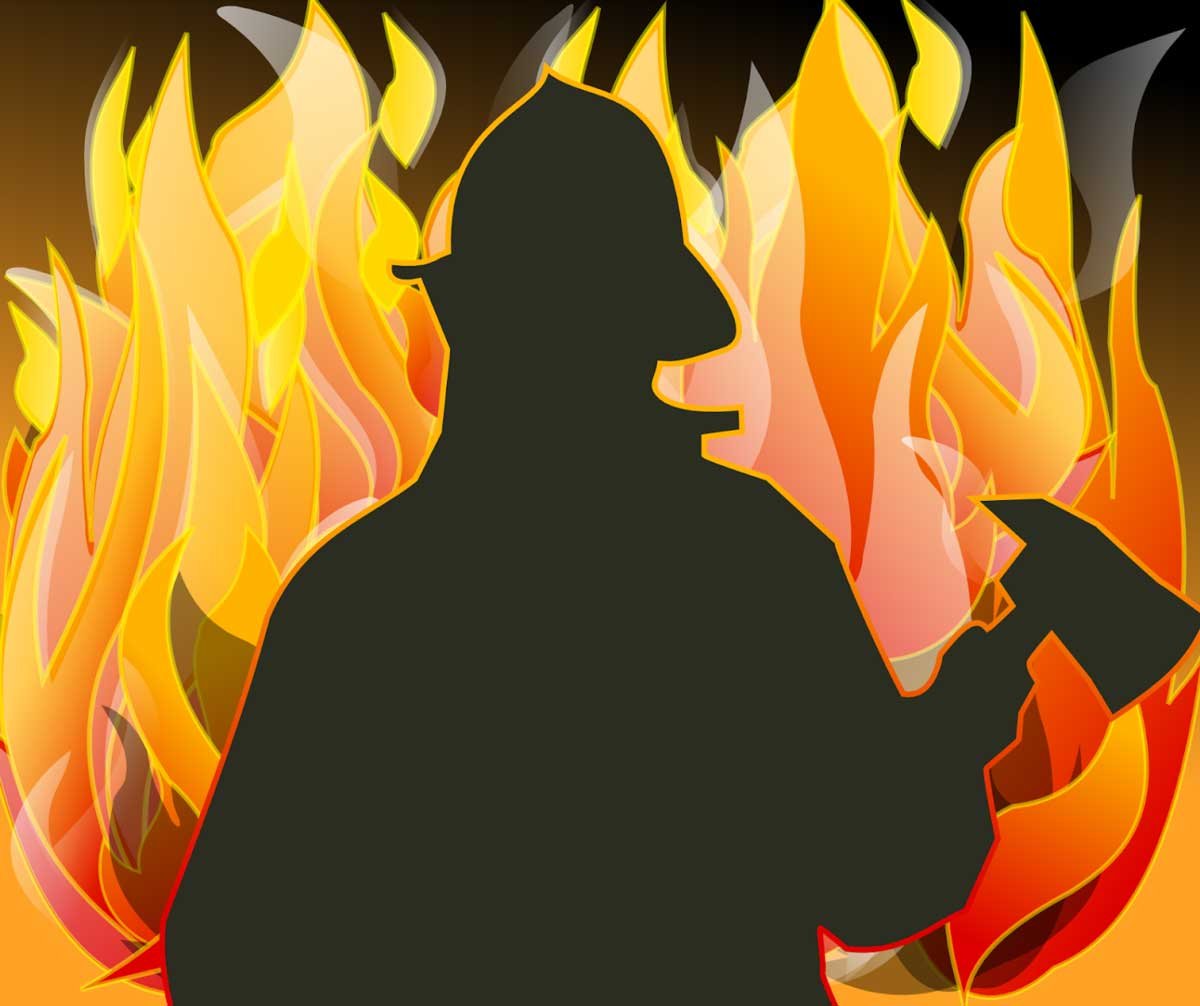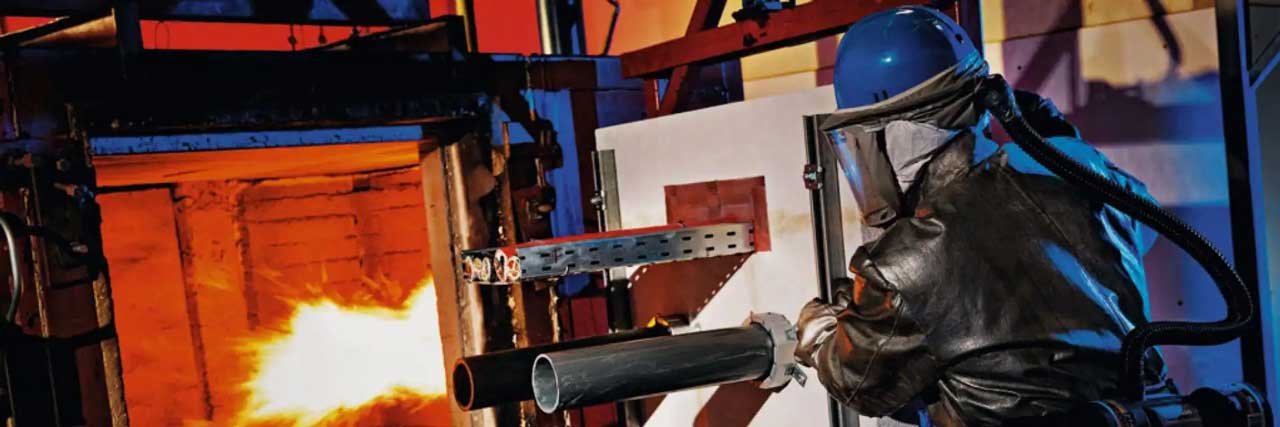You must have a fire protection system. Between 2003 and 2017, more than 900 Australians died in building fires. That makes Australian building fires deadlier on average than all other natural disasters in Australia combined.
Yet most people don’t take the steps they need to ensure their safety. They keep a fire extinguisher and dry chemicals in the corner of the room and assume that’s all they require. The truth is that you need a passive protective system.
What is a passive system? How does it compare to an active one? How can you fireproof your building and prepare employees for an emergency?
Answer these questions and you can protect your workers from fire and smoke. Here is your quick guide.

Table of Contents
The Basics of a Passive Fire Protection System
A passive system prevents fire and smoke from spreading from room to room. It incorporates fire protection technology into the building space. Every system is different, but most contain a few characteristics.
Structural fire protection guards the main components of the building. Steel, joint, and foundation systems are coated with materials like plasters and mineral wool wraps. These substances resist fire and smoke.
Compartmentation insulates rooms. It includes fire-resistant walling, flooring, and ceiling materials. This limits the spread of fire while allowing people to evacuate.
Opening protection preserves doors and windows. Glass and framing receive special tests in order to ensure they can withstand high air pressure and flames. Protection includes lighting so people know where to go when a fire breaks out.
Firestopping materials limit the spread of fires through barriers and walls. Wires can spark and spread flames into the next room. Firestopping includes adding fire-resistant substances to the wires themselves.
Your system can incorporate one or more of these areas. But a truly fireproof building will contain all of them.
Passive Versus Active Fire Protection
You may have heard of an active fire protection system. As the name suggests, an active system creates some sort of action to kill a fire.
An active system has three main components and it incorporates the following:
- Detection, finding where a fire is in the building. Heat and smoke detectors are the primary tools for this component.
- Suppression involves tools that can put out a fire. Fire extinguishers, blankets, and sprinkler systems are the best tools for suppression.
- Ventilation provides a steady current of air to evacuation routes. Fans and windows can carry the smoke away and supply clean oxygen.
Though their names suggest a conflict, your building can incorporate active and passive systems. If you have the resources, yours should include both. This creates maximum fire protection for all people inside.
How to Fireproof a Building
Fireproofing takes some time to execute. You can add fireproofing materials over most surfaces with little inconvenience. It will take time to place them around wiring, so schedule a service during your employees’ off-hours to minimize disruption.
Installing new doors and windows will require fire protection services. They can remove your old surfaces and install new ones. They can also place exit lighting and extinguishers into each room.
When you are designing a new building, you should contact a fire protection specialist service. They can model fires in your structure and determine where evacuation routes should be. They can conduct risk assessments, evaluating where fires start and what you should do to avoid them.
Fireproofing requires continuous maintenance. Your building manager should examine wiring to make sure its fire-resistant materials are not falling apart. Emergency lighting should receive tests to ensure they will activate in the event of an emergency.
If you are in an area with a high risk for bushfires, you can create a fire shelter. Supply the shelter with protective clothes like long sleeve shirts and jeans. Include bottled water and a battery-operated radio that is tuned to government stations.
Every component of your building should meet a fire system certification. Each fire system certification is different, so read the regulations to make sure you get certified.
Fire Safety
At a minimum, you should conduct fire drills every three months. Every employee should practice evacuating from the building and tending to a fire. They should learn how to use a fire extinguisher and attend to burns.
Make sure to talk about smoke inhalation. Employees should stay close to the ground and place a wet rag over their nose and mouth.
When a person sees a fire, they often open a window to let the smoke out, especially if it is a fire window. But this can draw more oxygen to the flames, helping the fire spread. Advise your employees to leave a room if they are uncertain about what to do.
If your building has a kitchen, you should hang up a fire safety guide there. It should indicate what to do when a stove or microwave catches on fire.
Talk to your employees about the passive and active systems in place. Many people are anxious about being in a fire. Providing details about the safety measures in place will help to alleviate their concerns.
You should also talk about fires that may occur outside the building. Some people are not aware of what to do when a bushfire approaches a structure they are in.
If possible, employees should find an evacuation route. If they cannot leave, they should remain within the building away from the fire. They should drink plenty of water since bushfires burn at very high heat.
Keep You and Your Workers Safe
Fire protection requires many different tools. A passive system keeps a fire from spreading into multiple rooms. It includes fire-resistant walling and flooring that contains flames.
An active system tries to put the fire out. To keep your workers safe, you should install both. It may require replacing surfaces, so prepare ahead for that.
You should still rehearse evacuations and responses to fire. This includes responding to a bushfire outside. Employees should get away from the fire whenever possible.
Keep reading about important safety concepts.





